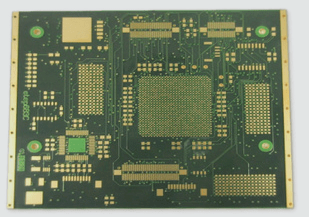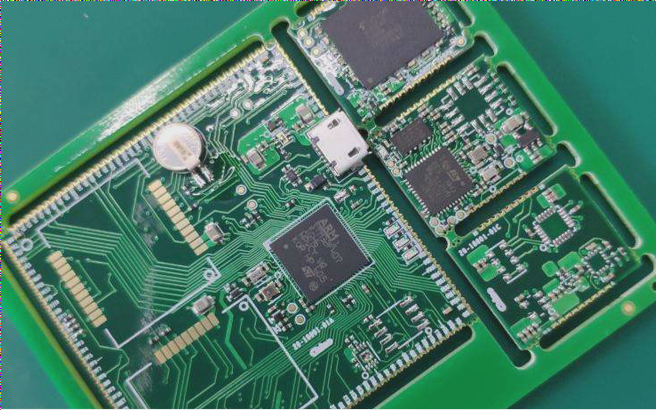Common Issues in PCB Design and Production
-
Problem 1: PCB Board Short Circuit
Short circuits in PCB boards can hinder their functionality. Causes include improper solder pad design, poor component orientation, and automatic insertion components with bent leads. To prevent short circuits, ensure proper pad shapes, correct component orientations, and adhere to IPC standards for lead length.

-
Additional Factors Contributing to Short-Circuit Failures
Other factors like oversized holes, insufficient soldering temperatures, poor solderability, and surface contamination can also lead to short circuits in PCBs. Engineers should systematically analyze these factors to troubleshoot and inspect the boards effectively.
-
Problem 2: Dark and Grainy Solder Joints
Dark or grainy solder joints on PCBs are often caused by contamination or excessive oxides in the solder. Differentiating between this issue and dark joints due to low tin content is crucial. Solutions include adjusting solder composition and managing substrate heating during manufacturing.
-
Problem 3: PCB Solder Joints Turning Golden Yellow
Golden yellow solder joints indicate high temperatures. Lowering the soldering furnace temperature can resolve this issue effectively.
-
Problem 4: Environmental Impact on PCBs
PCBs are susceptible to damage from extreme temperatures, humidity, vibrations, and other environmental factors. To prevent issues like oxidation, corrosion, or deformation, it’s essential to protect PCBs from unfavorable conditions and maintain proper storage and handling practices.
-
Problem 5: PCB Open Circuit
Open circuits in PCBs can disrupt their functionality and performance. Proper testing, inspection, and maintenance procedures are necessary to identify and rectify open circuit issues in PCBs.
Common PCB Issues and Solutions
-
Open Circuits
An open circuit happens when the trace is broken or when solder only covers the pad without connecting properly to the component leads. This results in no electrical connection between the component and the PCB. Open circuits can occur during production or soldering due to mechanical factors like vibration, stretching, or dropping, as well as chemical exposure or moisture.
-
Human Error in PCB Manufacturing
Human error accounts for a significant portion of PCB defects. Mistakes in production processes, incorrect component placement, and non-compliance with manufacturing specifications lead to up to 64% of avoidable defects. Errors are more likely with complex circuits, densely packed components, multiple layers, fine traces, surface-mounted components, and power/ground planes.
Manufacturers and assemblers strive for defect-free PCBs, but the design complexity and various production challenges often result in persistent issues that demand careful attention.
If you require PCB manufacturing services, feel free to contact us.





